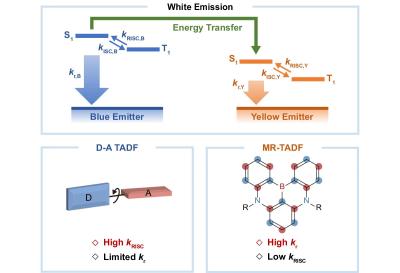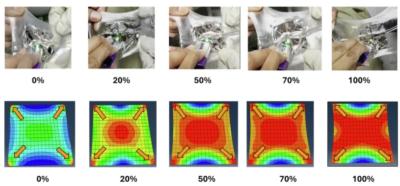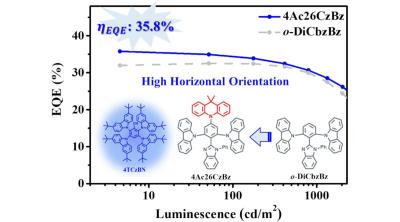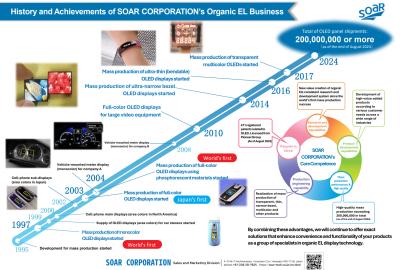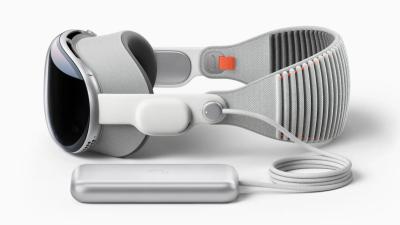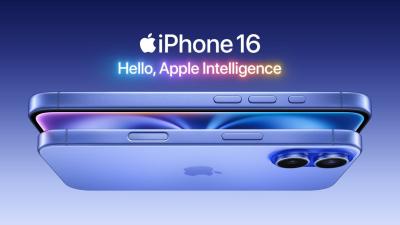Ming-Chi Kuo says first week demand for Apple's iPhone 16 series is lower by 13% compared to the iPhone 15
A few days ago Apple announced its 2024 iPhone 16 series, with all four models (iPhone 16, 16 Plus, 16 Pro and 16 Pro max) based on OLED displays. According to Apple analyst Ming-Chi Kuo the first-week demand for Apple's new iPhones is lower than expected, with total demand of only 37 million units - lower by 13% compared to the demand for the iPhone 15 a year ago.
According to Ming-Chi Kuo, who's considered very reliable, the demand for the lower-end models is actually higher than last year - by 10% for the iPhone 16 and 48% for the 16 Plus. But this is not enough to offset the drop in demand for the higher-end modes: 27% less demand for the iPhone 16 Pro and 16% for the 16 Pro Max.

